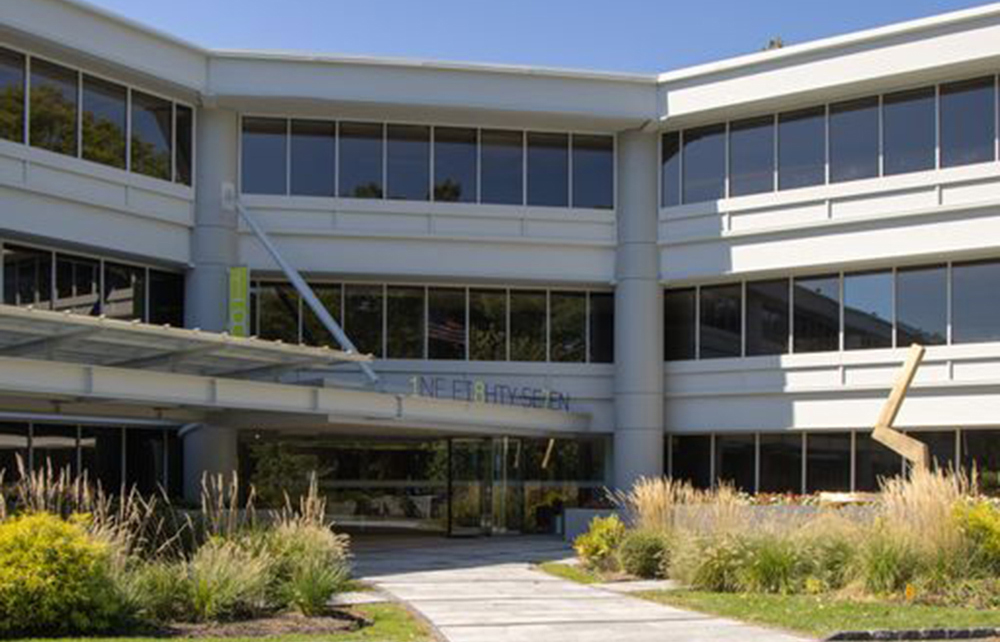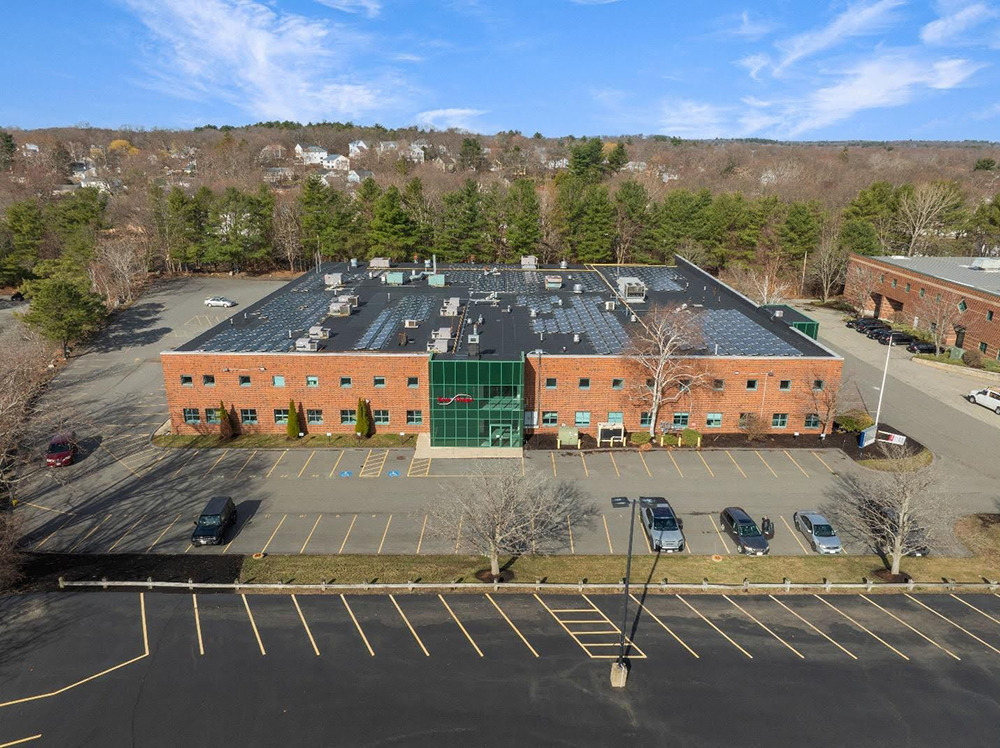News: Connecticut
Posted: November 17, 2009
Avoid environmental roadblocks when purchasing property
With so many properties on the market today and limited resources to develop them, it's more important than ever to have an environmental assessment conducted before closing any purchase.
Obviously, if the former tenant was a dry cleaner, auto body repair shop or furniture stripper, it is likely that site operations or activities resulted in some environmental issue. However, the corner grocery or the vacant wooded lot may also hide a sordid environmental history.
Many of the properties changing hands today involve complex environmental issues, and the sooner a property owner or potential buyer has the property assessed, the smoother your real estate transaction will be.
As a longtime environmental consultant for New England commercial, industrial, and residential clients, I offer the following realistic and practical advice for facilitating a purchase or sale:
Don't assume the deal will close quickly - After an assessment, many properties are determined to have few, if any, environmental issues. However, even the smallest issue can significantly complicate a real estate transaction and result in a delayed closing. A simple problem, such as contamination around a dumpster, may only cause a few months delay. A more significant problem, such as contaminated groundwater, could throw all schedules into disarray. It's wise to start planning a transaction at least six months in advance, allowing time for the environmental assessments.
Conduct the assessments needed - Avoiding or delaying this action is one of the biggest mistakes a buyer or seller can make. If the assessment is done well in advance of the transaction and any problems are discovered by your environmental consultant during this process, the identified problems can be taken care of before the closing is scheduled, or the purchase and sale agreement can be written to ensure that responsibility for a problem is allocated to the satisfaction of all parties (often an escrow account is used to ensure project completion). Inspection results help both the buyer and seller (and, perhaps more importantly, any lenders involved) understand the potential liabilities associated with the property.
(Typical assessments include: the Phase I site assessment, which indicates the likelihood of contamination being present; the Phase II site assessment which includes the collection and laboratory analysis of subsurface soil and groundwater samples in areas of concern; and the Phase III site assessment which defines the degree and extent of the contamination identified.)
Avoid rush decisions - If a property deal seems too good to be true, it might well be. Hurried purchase decisions can expose buyers, developers, and lenders to significant risks and liability. While a site assessment (or assessments) can range from a few thousand dollars to tens of thousands of dollars, even a small clean-up can exceed $25,000 and a major clean-up could cost hundreds of thousands of dollars or more. Discovering that you purchased contaminated property after the closing can be financially catastrophic ... and it's avoidable with a knowledgeable environmental consultant and careful planning.
Marc Casslar is president and founder of GeoQuest, Inc., Bloomfield, Conn.
Tags:
Connecticut
MORE FROM Connecticut
Example Story Title CT 1
Boston, MA The fall season always marks the return of IFMA Boston events, and this year is no different. Registration is now open for IFMA Boston’s FMForward Deep Dive 2024. The FMForward Deep Dive 2024 Conference will be held on November 19th at the Babson Executive Conference Center in Wellesley, Mass.








